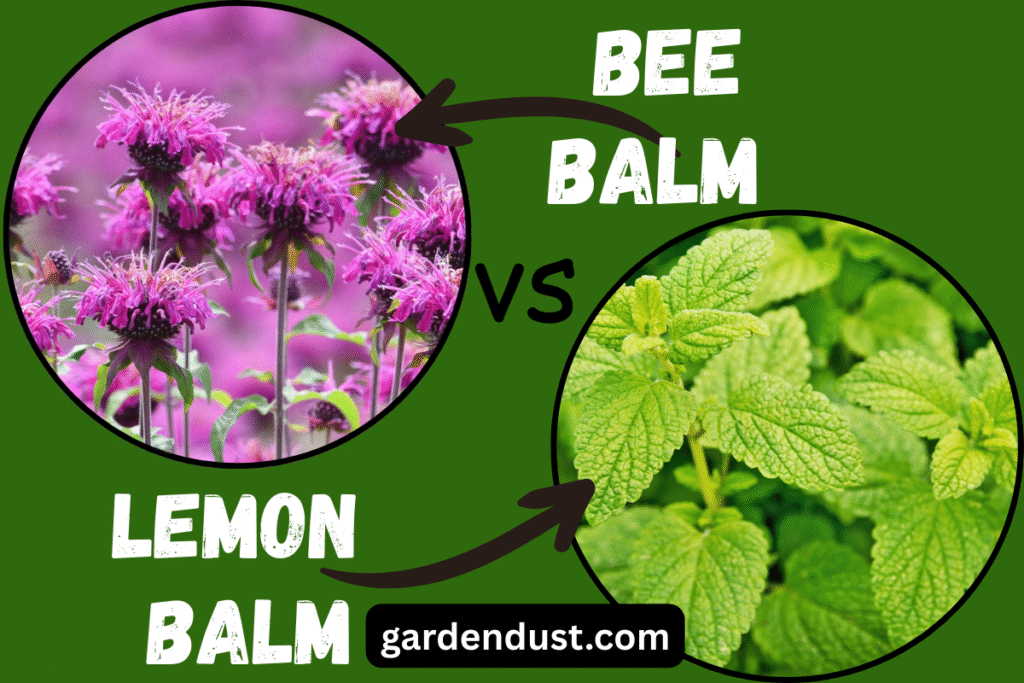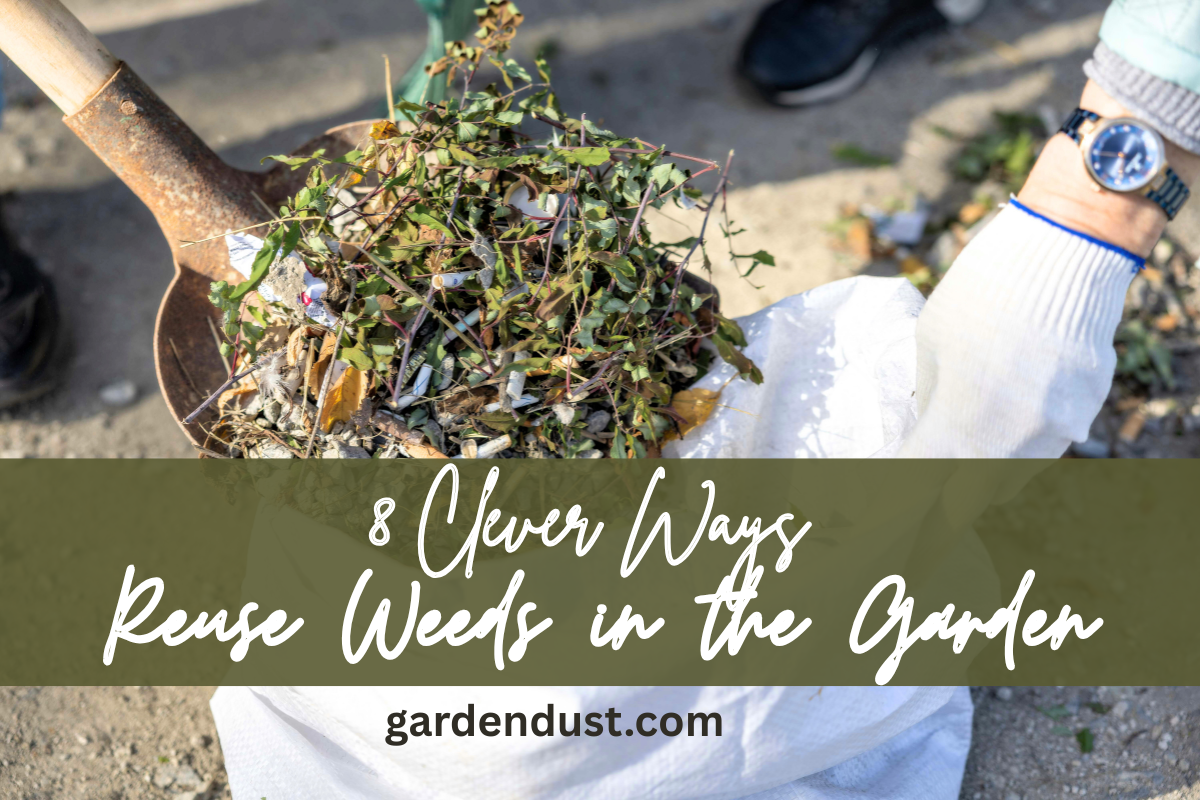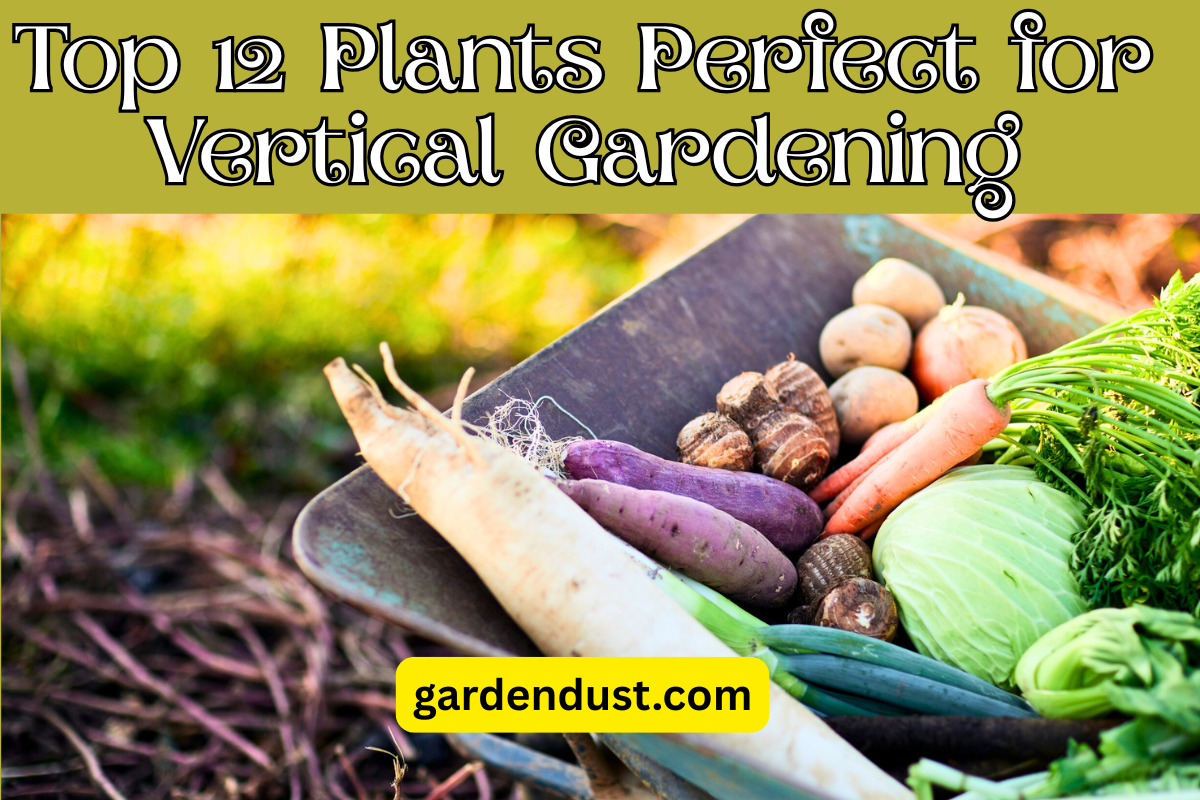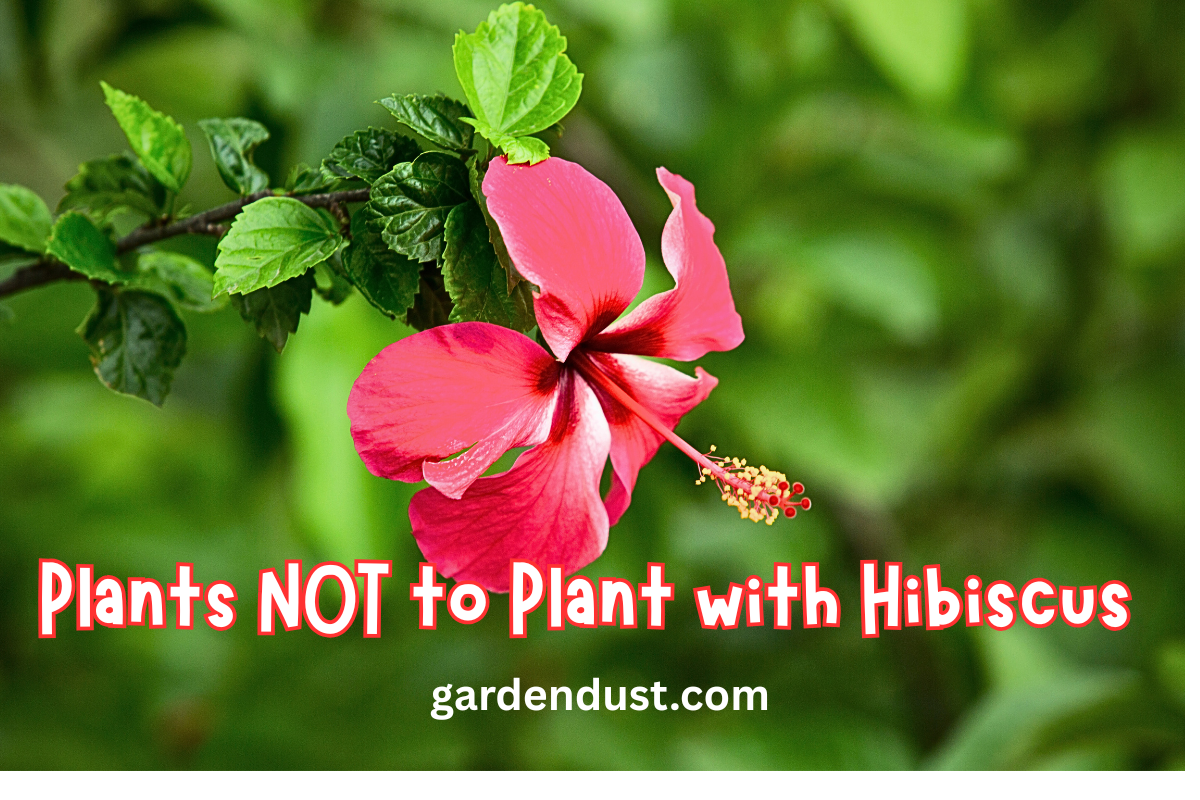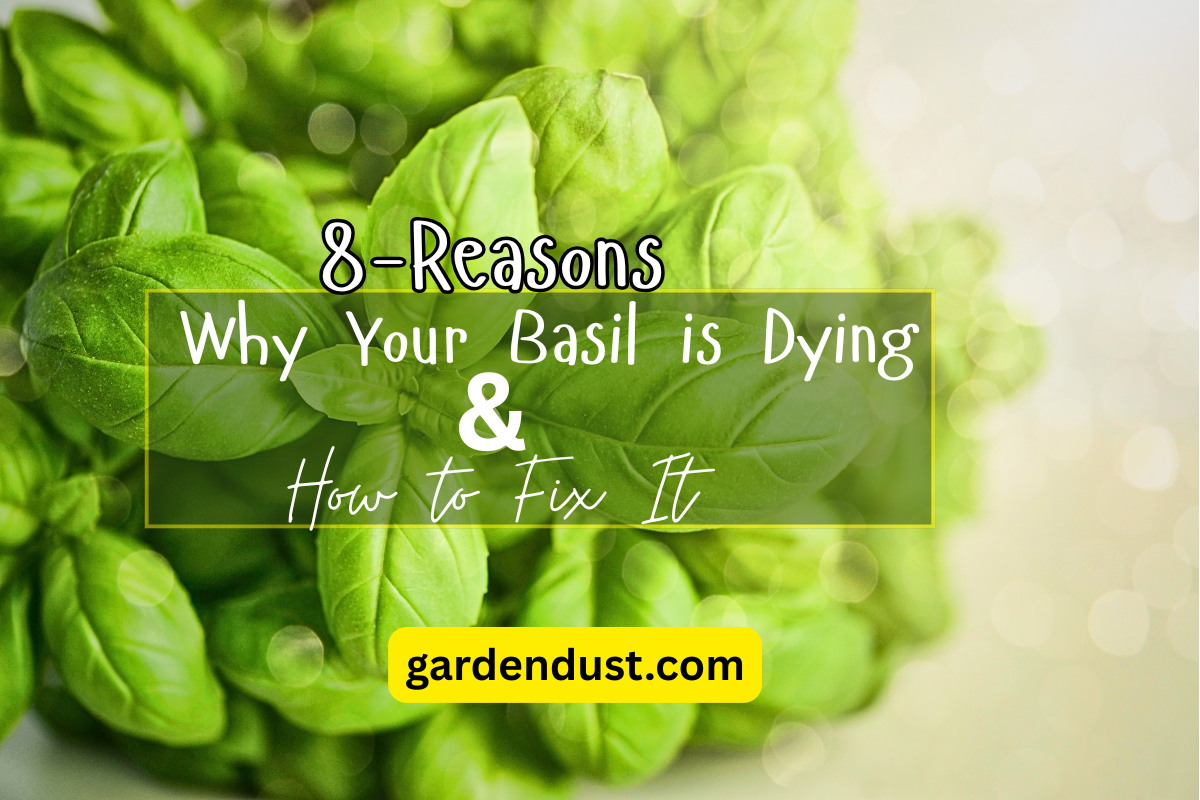Bee Balm And Lemon Balm
Understanding Their Differences & Benefits
Two “Balms” With Very Different Profiles
Despite their similar names and both belonging to the mint family (Lamiaceae), Bee Balm and Lemon Balm are distinctly different plants with unique characteristics, benefits, and uses in gardens, kitchens, and natural remedies.

Bee Balm (Monarda)
Known for its vibrant, showy flowers that attract pollinators and its spicy, aromatic leaves used in traditional medicine.
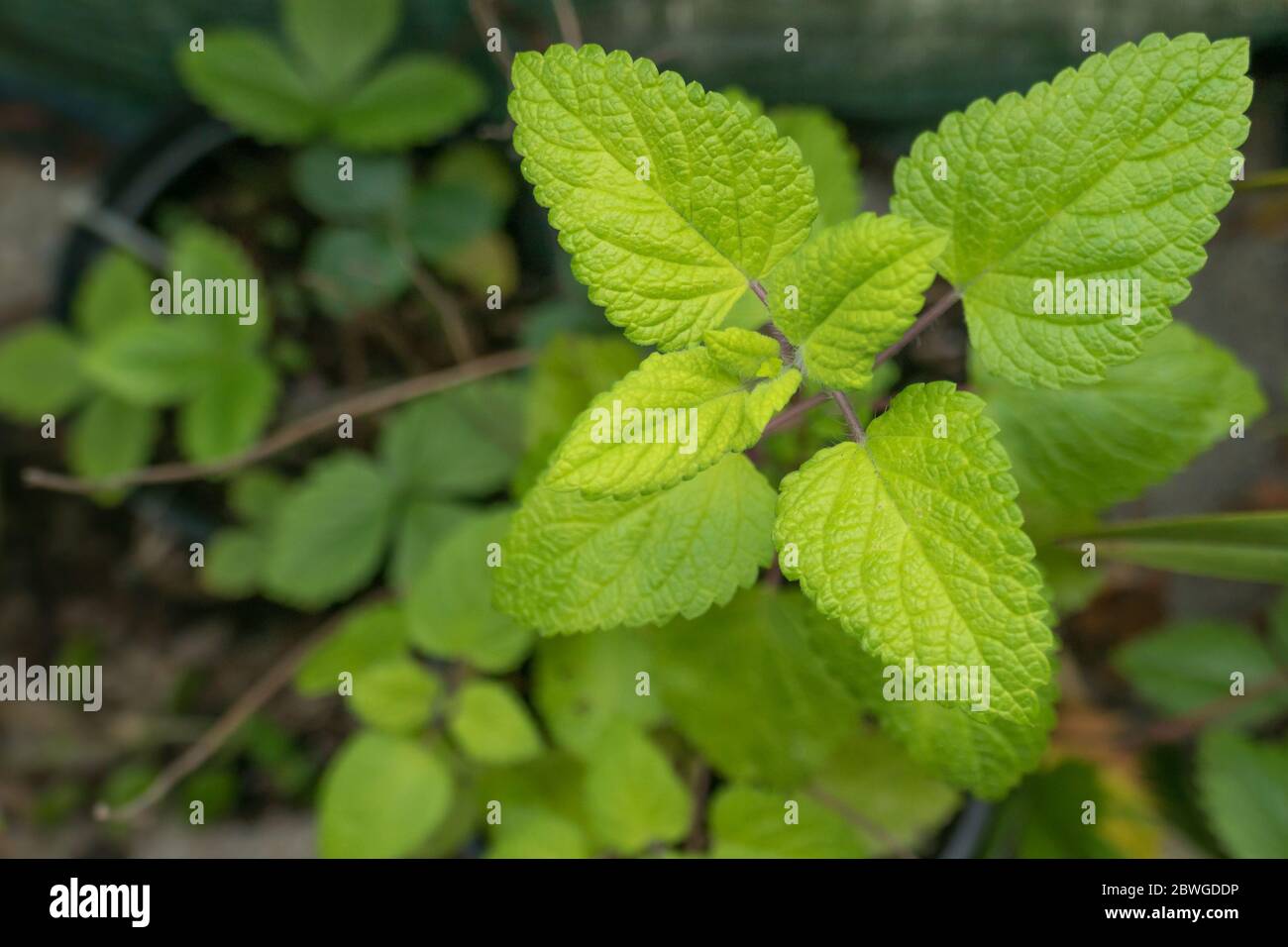
Lemon Balm (Melissa officinalis)
Cherished for its bright lemon-scented leaves and calming properties that have been valued since ancient times.
Spotlight on Lemon Balm
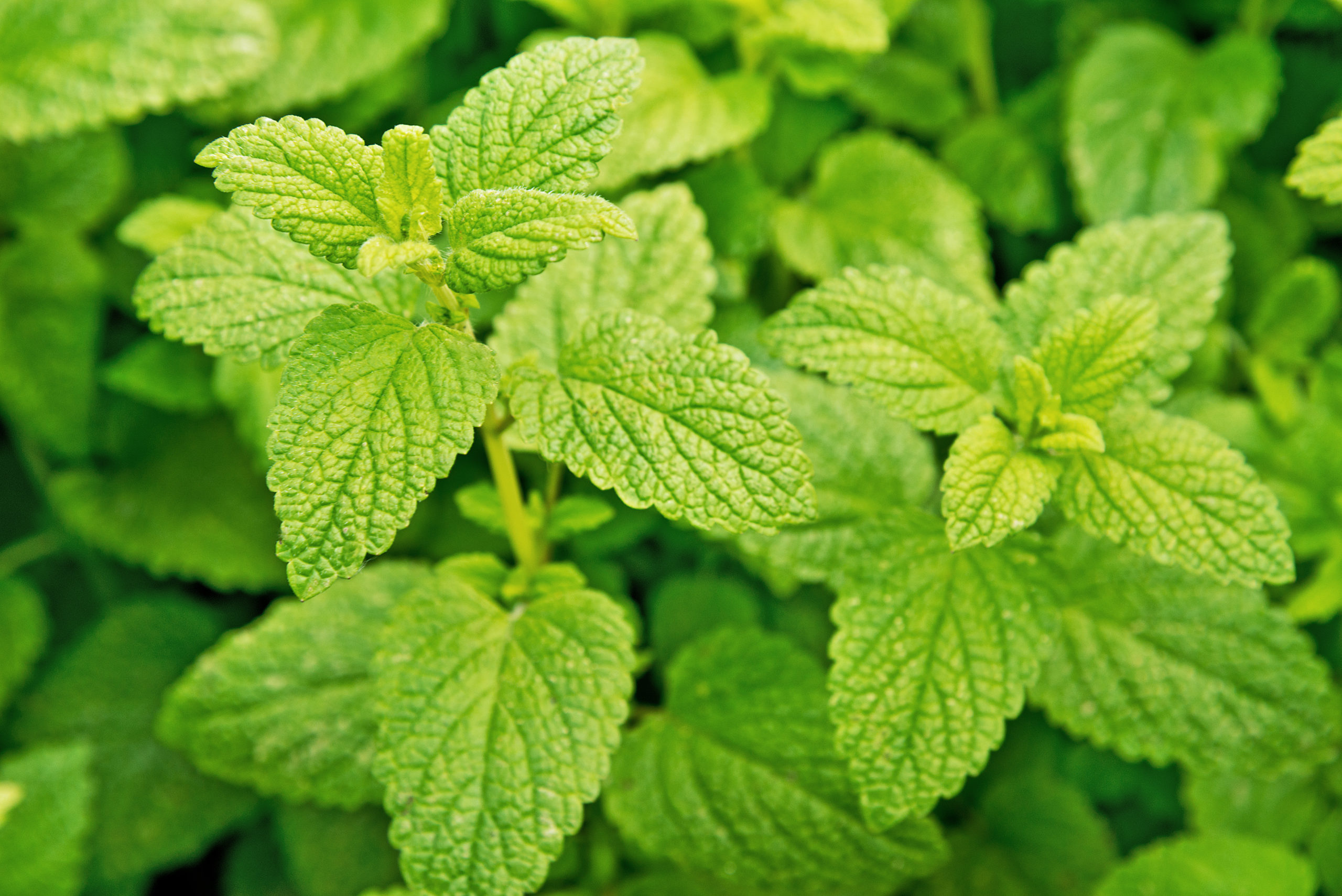
Fresh Lemon Balm (Melissa officinalis) showing its characteristic wrinkled leaves with serrated edges
A Lemon-Scented Wonder
Lemon balm (Melissa officinalis) is a perennial herb in the mint family that grows to approximately 1-2 feet (30-60 cm) tall. Its bright green, heart-shaped leaves have a distinctive lemon scent when crushed.
Native to Europe, North Africa, and West Asia, it has been cultivated for over 2,000 years for its therapeutic and culinary properties.
Key Characteristics:
- Bright green, wrinkled leaves with serrated edges
- Small white flowers appear in summer, attracting bees
- Strong citrus aroma when leaves are brushed or crushed
- Spreads via both seeds and rhizomes, can be vigorous
- Grows in a bushy, somewhat untidy habit
Lemon Balm Benefits & Uses
Anxiety & Stress Relief
Used as a calming herb since the Middle Ages, lemon balm helps reduce stress, anxiety, and promotes relaxation through compounds like rosmarinic acid.
Sleep Support
Helps improve sleep quality and treat insomnia when consumed as a tea before bedtime, often combined with other sleep-promoting herbs.
Digestive Aid
Soothes indigestion, bloating, and other gastrointestinal issues by relaxing digestive muscles and reducing inflammation.
Cold Sore Treatment
Contains antiviral compounds effective against herpes simplex virus (HSV), with lemon balm ointments proven to reduce healing time of cold sores.
Culinary Versatility
Adds bright, citrusy flavor to teas, salads, desserts, and savory dishes. Particularly popular in Mediterranean cuisine and for infusing water.
Women’s Health
Helps alleviate menstrual cramps and symptoms of PMS. The compound rosmarinic acid has been shown to help minimize menstrual pain.
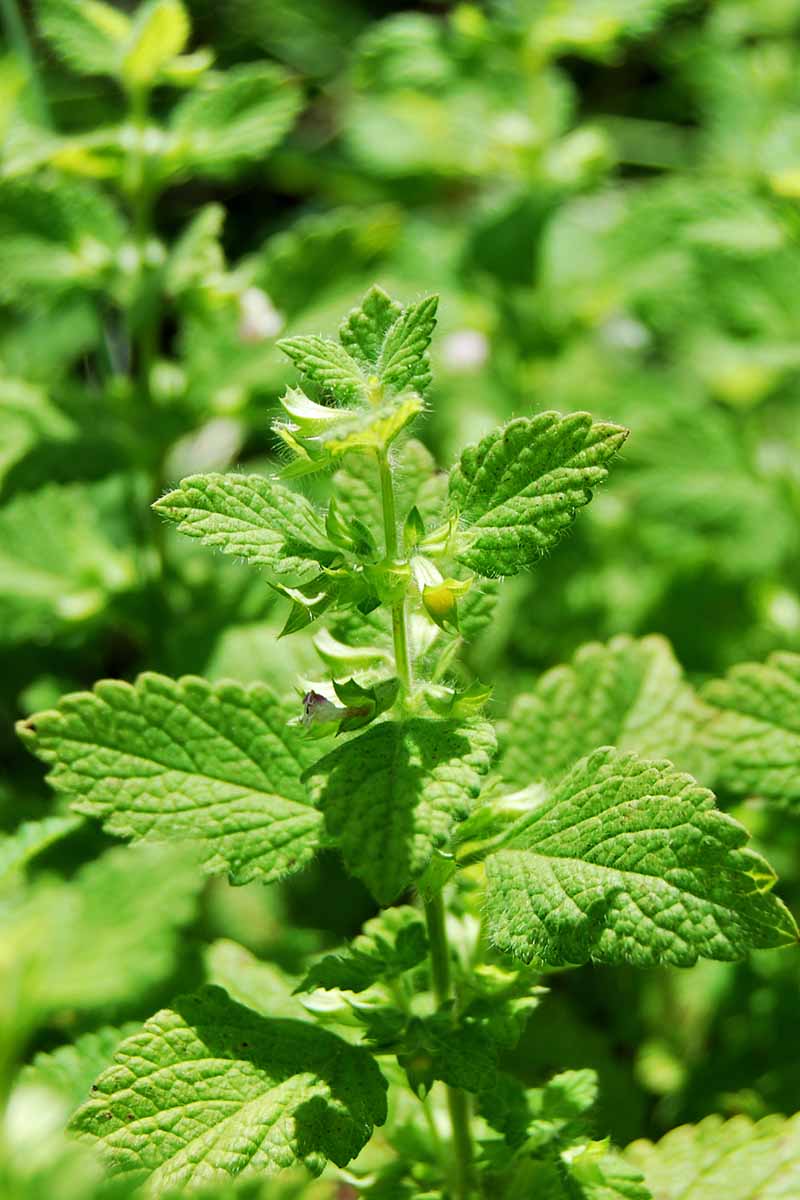
Lemon balm growing in a garden setting, showing its bushy habit
Growing & Harvesting Lemon Balm
Lemon balm is a resilient and easy-to-grow herb that thrives in most garden conditions. It prefers partial shade in hot climates but will grow well in full sun in moderate regions.
Cultivation Tips:
- Grows best in well-drained, fertile soil with a pH between 6.0 and 7.0
- Water moderately; drought-tolerant once established
- Consider planting in containers to control spreading
- Harvest leaves before flowering for best flavor
- Prune regularly to encourage bushy growth and prevent self-seeding
Note: Lemon balm can be quite vigorous and may spread through both self-seeding and its root system, similar to other mints. Consider containment strategies in smaller gardens.
Understanding Bee Balm
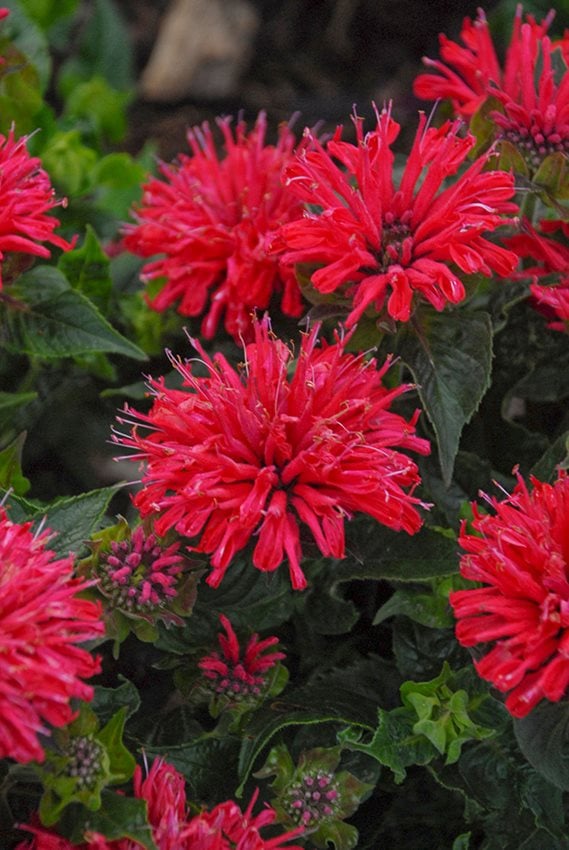
Bee Balm (Monarda didyma) with its distinctive crown-like flowers
The Vibrant Native Perennial
Bee Balm (Monarda spp.) is a genus of flowering plants native to North America. It grows taller than lemon balm, reaching 3-4 feet (90-120 cm) in height, with tubular flowers arranged in dense, crown-like clusters.
The most common species are Monarda didyma (with scarlet flowers) and Monarda fistulosa (with lavender-pink flowers), both prized by gardeners and herbalists alike.
Key Characteristics:
- Showy, tubular flowers in whorls atop tall stems
- Colors range from bright red to pink, purple, and white
- Square stems and toothed, aromatic leaves
- Spicy, oregano-like fragrance (unlike lemon balm’s citrus scent)
- Spreads via rhizomes, forming colonies over time
Bee Balm Benefits & Uses
Respiratory Support
Traditionally used by Native Americans to treat colds, coughs, and respiratory infections. Its antimicrobial properties help fight congestion.
Antiseptic Properties
Contains thymol, a potent antiseptic compound also found in thyme, making it useful for minor wounds and skin infections.
Oswego Tea
The leaves were used to make “Oswego tea” during the American Revolution when black tea was scarce, earning it the nickname “liberty tea.”
Culinary Uses
Young leaves and flowers add a spicy, oregano-like flavor to salads, and can be used in meat dishes, marinades, and herb butters.
Aromatherapy
The essential oil derived from bee balm has calming and uplifting properties when used in diffusers or for topical applications.
Wildlife Support
Extraordinary pollinator plant that attracts bees, butterflies, and hummingbirds, making it valuable for ecological gardening.
Side-by-Side Comparison
| Feature | Lemon Balm (Melissa officinalis) | Bee Balm (Monarda species) |
|---|---|---|
| Scientific Name | Melissa officinalis | Monarda species (M. didyma, M. fistulosa) |
| Native To | Europe, North Africa, West Asia | North America |
| Height | 1-2 feet (30-60 cm) | 3-4 feet (90-120 cm) |
| Flower Color | Small white or pale yellow | Red, pink, purple, or white |
| Flower Appearance | Small, inconspicuous clusters | Large, showy, crown-like whorls |
| Leaf Scent | Strong lemon/citrus aroma | Spicy, oregano-like aroma |
| Main Benefits | Calming, stress relief, sleep aid, antiviral | Respiratory support, antiseptic, digestive aid |
| Growing Conditions | Partial shade to full sun, well-drained soil | Full sun to light shade, moist, rich soil |
| Pollinators Attracted | Bees, especially honey bees | Bees, butterflies, hummingbirds |
| Disease Resistance | Generally disease-resistant | Susceptible to powdery mildew |
How To Tell Them Apart
Visual Identification
- Flowers: Lemon balm has small, inconspicuous white flowers, while bee balm has large, crown-like, brightly colored blooms
- Height: Bee balm grows significantly taller than lemon balm
- Leaf Shape: Lemon balm has heart-shaped, wrinkled leaves; bee balm has more elongated, pointed leaves
- Growth Habit: Lemon balm grows in a more bushy, clumping manner; bee balm has a more upright growth habit
Sensory Identification
- Aroma: The most definitive difference is scent – crush a leaf and smell. Lemon balm has a distinct citrus scent, while bee balm has a spicy, oregano-like aroma
- Taste: Lemon balm has a mild, lemony flavor; bee balm has a stronger, spicier taste
- Texture: Lemon balm leaves feel slightly rough and wrinkled; bee balm leaves are smoother
Harvesting & Preparation
Lemon Balm
When to Harvest:
For best flavor, harvest lemon balm leaves in the morning after dew has dried but before the heat of the day. Harvest regularly throughout the growing season, before flowering begins for the most aromatic leaves.
Preservation Methods:
- Drying: Bundle stems and hang upside down in a warm, dark place with good air circulation
- Freezing: Chop leaves and freeze in ice cube trays with water or olive oil
- Infused Oil: Steep fresh leaves in carrier oil for 2-4 weeks for topical use
- Tincture: Steep leaves in alcohol (like vodka) for 4-6 weeks to extract medicinal compounds
Popular Preparations:
- Calming tea (alone or combined with chamomile)
- Lemon balm-infused honey
- Herbal vinegar for salad dressings
- Fresh leaves added to fruit salads
- Cold sore salve or lip balm
Bee Balm
When to Harvest:
Harvest leaves just before flowering for the strongest flavor. Flowers can be harvested when fully open. Cut stems about 1/3 down from the top of the plant.
Preservation Methods:
- Drying: Spread leaves on screens or hang small bundles upside down
- Flowers: Dry flower heads individually on a screen or dehydrator
- Infused Honey: Steep fresh flowers in raw honey for 2-4 weeks
- Infused Vinegar: Add fresh leaves to apple cider vinegar for immune support
Popular Preparations:
- Oswego tea (traditional Native American beverage)
- Steam inhalation for respiratory congestion
- Antiseptic throat gargle (tea with salt)
- Bee balm-infused honey for sore throats
- Fresh flowers as colorful, edible garnishes
Companion Planting Guide
Both herbs can enhance your garden ecosystem when strategically placed with compatible plants.
Lemon Balm Companions
Good Companions:
- Tomatoes (repels mosquitoes and garden pests)
- Brassicas like cabbage and broccoli
- Fruit trees (attracts pollinators)
- Squash and melons
- Most herbs except mint (competes for space)
Planting Tip:
Consider planting lemon balm in containers near seating areas where you can enjoy its fragrance and deter mosquitoes naturally.
Bee Balm Companions
Good Companions:
- Tomatoes (improves growth and flavor)
- Peppers and eggplants
- Roses (helps prevent black spot)
- Perennial flowering plants like echinacea and rudbeckia
- Culinary herbs like thyme, sage, and basil
Planting Tip:
Place bee balm at the edges of vegetable gardens to attract beneficial pollinators while adding visual interest with its tall, colorful blooms.
Frequently Asked Questions
Can lemon balm and bee balm be planted together?
Yes, they can be planted together, but give them adequate spacing as both can spread. They have different growth habits, with bee balm growing taller and lemon balm being more bushy and wide-spreading.
Are lemon balm and bee balm invasive?
Both plants can spread vigorously. Lemon balm spreads primarily by self-seeding and some rhizome spread, while bee balm spreads through underground rhizomes. Consider planting in containers or using barriers to control their spread in smaller gardens.
Can I substitute one for the other in recipes?
These herbs have distinctly different flavors and are not good substitutes for each other. Lemon balm has a citrusy flavor, while bee balm has a more oregano-like, spicy taste. Each is better suited to different culinary applications.
Do deer eat lemon balm or bee balm?
Both plants are generally deer-resistant due to their strong aromas. Bee balm is more deer-resistant than lemon balm, but both are usually left alone when other food sources are available.
Do these herbs have any side effects?
Lemon balm is generally safe but may cause drowsiness. It may interact with thyroid medications, sedatives, and HIV medications. Bee balm is also generally safe but may cause skin sensitivity in some individuals when applied topically. Always consult with a healthcare provider before medicinal use.
Choose the Right “Balm” for Your Needs
Despite sharing similar names and belonging to the same plant family, bee balm and lemon balm offer distinct benefits and characteristics. Understanding their differences helps you select the right herb for your garden, kitchen, and wellness needs.
Lemon balm shines for its calming properties and citrus flavor, while bee balm stands out with its showy flowers and respiratory benefits. Consider growing both to enjoy their complementary qualities throughout the seasons.
Whether you’re seeking relaxation, flavor enhancement, or a pollinator-friendly garden, these versatile herbs have stood the test of time for good reason. Happy Gardening….
